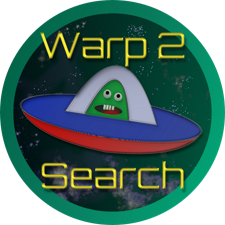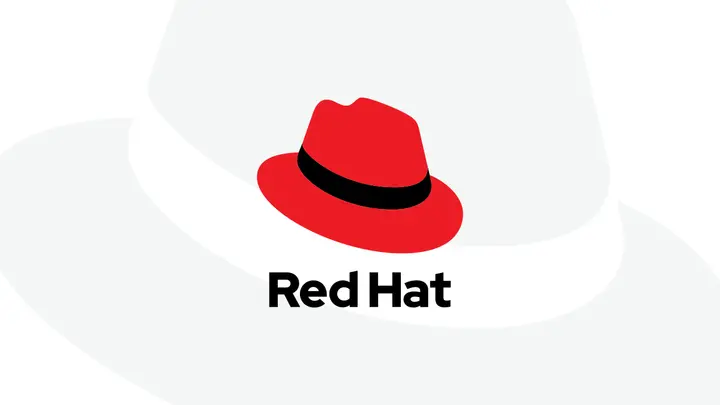Red Hat has officially launched Red Hat Enterprise Linux 10 (RHEL 10), now accessible via the Red Hat Customer Portal and no-cost Red Hat Developer programs. This latest version marks a significant evolution of the enterprise Linux platform, designed to address the growing demands of hybrid cloud environments and the integration of artificial intelligence (AI).
RHEL 10 introduces several key advancements to enhance operational efficiency and security in complex IT landscapes. One of the standout features is the integration of Red Hat Enterprise Linux Lightspeed, which leverages generative AI to provide context-aware assistance directly within the platform. This innovation helps both novice and experienced IT professionals effectively manage expansive Linux environments by offering troubleshooting support and best practice recommendations through a user-friendly, natural language interface.
The security posture of RHEL 10 is notably strengthened with the incorporation of National Institute of Standards and Technology (NIST) standards for post-quantum cryptography. This proactive measure aims to protect organizations from future threats posed by quantum computing, ensuring data integrity against potential "harvest now; decrypt later" attacks.
In addition to these features, RHEL 10 introduces an innovative image mode that streamlines the management of both the operating system and applications. This container-native approach minimizes configuration discrepancies and allows IT organizations to make informed decisions regarding package selections at build time, enhancing deployment outcomes.
RHEL 10 also sets the stage for future developments in AI and hybrid cloud capabilities, with pre-tuned images compatible with major cloud providers like AWS, Google Cloud, and Microsoft Azure. The platform facilitates the integration of community-supported software through an extensions repository and offers solutions validated by partners for demanding workloads.
Furthermore, Red Hat is collaborating with SiFive to provide a developer preview for the RISC-V platform, allowing early access to a secure and reliable environment for the HiFive P550 architecture.
Overall, Red Hat Enterprise Linux 10 not only continues the legacy of its predecessors but also positions itself as a critical foundation for future technologies, combining enhanced intelligence, security, and flexibility needed to navigate the complexities of modern enterprise IT landscapes.
For developers and organizations looking to explore RHEL 10, it is now available through the Red Hat Customer Portal, with various resources such as how-to videos and documentation accessible via the no-cost Red Hat Developer programs, facilitating a smooth transition to this advanced operating system
RHEL 10 introduces several key advancements to enhance operational efficiency and security in complex IT landscapes. One of the standout features is the integration of Red Hat Enterprise Linux Lightspeed, which leverages generative AI to provide context-aware assistance directly within the platform. This innovation helps both novice and experienced IT professionals effectively manage expansive Linux environments by offering troubleshooting support and best practice recommendations through a user-friendly, natural language interface.
The security posture of RHEL 10 is notably strengthened with the incorporation of National Institute of Standards and Technology (NIST) standards for post-quantum cryptography. This proactive measure aims to protect organizations from future threats posed by quantum computing, ensuring data integrity against potential "harvest now; decrypt later" attacks.
In addition to these features, RHEL 10 introduces an innovative image mode that streamlines the management of both the operating system and applications. This container-native approach minimizes configuration discrepancies and allows IT organizations to make informed decisions regarding package selections at build time, enhancing deployment outcomes.
RHEL 10 also sets the stage for future developments in AI and hybrid cloud capabilities, with pre-tuned images compatible with major cloud providers like AWS, Google Cloud, and Microsoft Azure. The platform facilitates the integration of community-supported software through an extensions repository and offers solutions validated by partners for demanding workloads.
Furthermore, Red Hat is collaborating with SiFive to provide a developer preview for the RISC-V platform, allowing early access to a secure and reliable environment for the HiFive P550 architecture.
Overall, Red Hat Enterprise Linux 10 not only continues the legacy of its predecessors but also positions itself as a critical foundation for future technologies, combining enhanced intelligence, security, and flexibility needed to navigate the complexities of modern enterprise IT landscapes.
For developers and organizations looking to explore RHEL 10, it is now available through the Red Hat Customer Portal, with various resources such as how-to videos and documentation accessible via the no-cost Red Hat Developer programs, facilitating a smooth transition to this advanced operating system
Red Hat Enterprise Linux 10 released
Red Hat has announced the release of Red Hat Enterprise Linux 10, which is now generally available through the Red Hat Customer Portal and no-cost Red Hat Developer programs.


